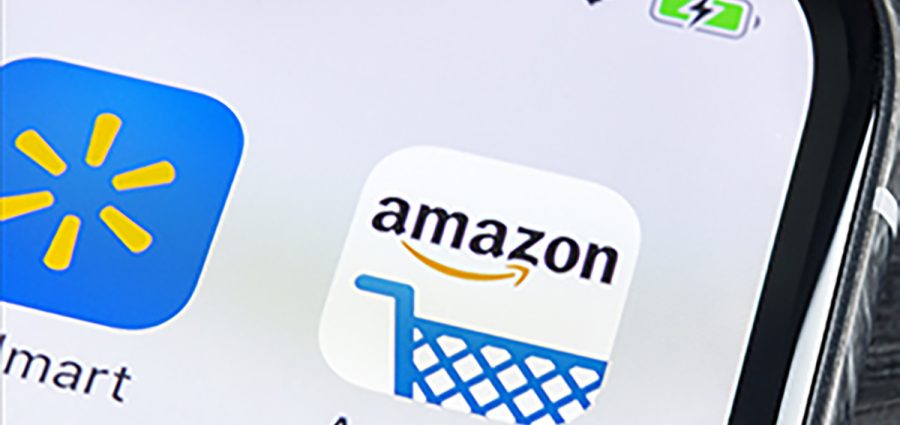The message at this year’s NAW Executive Summit: Get on board with e-commerce or be left behind. Whether you prefer to use the term digital platform or online marketplace, the window for distributors to achieve maximum leverage in this space is closing.
“Distributors’ leverage will never be as strong as it is today. It’s declining every day you don’t embark on this journey,” said Alex Moazed, founder and CEO of platform design company Applico in his presentation, “How Distributors Can Become Modern Monopolies.”
Platforms will have a dominant role in B2B distribution, Moazed predicted. As seen in B2C e-commerce, vertical-specific marketplaces are coming to B2B. For companies that have fallen behind in e-commerce investment, he recommended looking to external partners for core e-commerce services to get off the ground quickly, but Moazed also cautioned distributors to make sure you understand the leverage you have to help solve the chicken-and-egg problem of managing supply and demand that many emerging platforms face. For example, by not acquiring any equity in Uber Eats when McDonalds — an extremely well-known leading international brand — agreed to partner exclusively with the meal delivery service, the company missed a major opportunity.
Also see: “Where Do I start with a Platform?”
Moazed also urged attendees to think big. Rather than aiming for 100,000 new SKUs online in a year, that number would be better off in the millions. He referenced Walmart’s most recent quarterly report, where CEO Doug McMillon announced the company added 10 million SKUs in the first three-quarters of 2019 — 9.5 million of which were from third-party sellers.
Most Are New to Marketplaces
There is plenty of room for growth. John Caplan, president of the North America B2B for Alibaba Group, noted in his presentation, “Alibaba.com is Here: What Does that Mean for Distribution?”, that only 29% of U.S. small businesses are on marketplaces. Notably, 56% have only been using online channels for less than five years. Global B2B e-commerce is six times larger than B2C, Caplan said. “Embracing digital is how you grow in the international market,” he added.
During a panel discussion among speakers that followed his solo presentation, Caplan urged distributors who feel behind in digital and e-commerce capabilities not to panic. “Have low and modest expectations for digital,” he said. He encouraged attendees to allow their business to try new things and to not be afraid to fail in the process. Even if the effort is a side project with a few people working on it, it’s worth doing for the education alone.
How to Get Involved
As part of the panel discussion, Moazed suggested distributors take inventory of their current exposure:
- How much of what I do today is susceptible to a marketplace?
- What does the spectrum of commoditization look like?
- If your business is analog, how do you digitize the guts of what you have today?
Also addressing the topic in his presentation, “Distribution Disruption and an Industry Call to Arms,” Ian Heller, founder and senior partner at Real Results Marketing, agreed that marketplaces are growing rapidly.
He offered three moves for distributors to get started:
1) Become a technology fast follower by getting the right technology in place, getting your technology ready and getting educated with IT vendor meetings and at conferences, and adding an AI expert position.
2) Surround customers with services and display them prominently by ending bundling and having a services tab on your home page.
3) Develop a marketplace strategy by tracking exposure to marketplaces, meeting with marketplace leaders and learning from experts.
“The more you make your customers dependent on you for services the less they can abandon you for people that only sell products,” Heller said.



